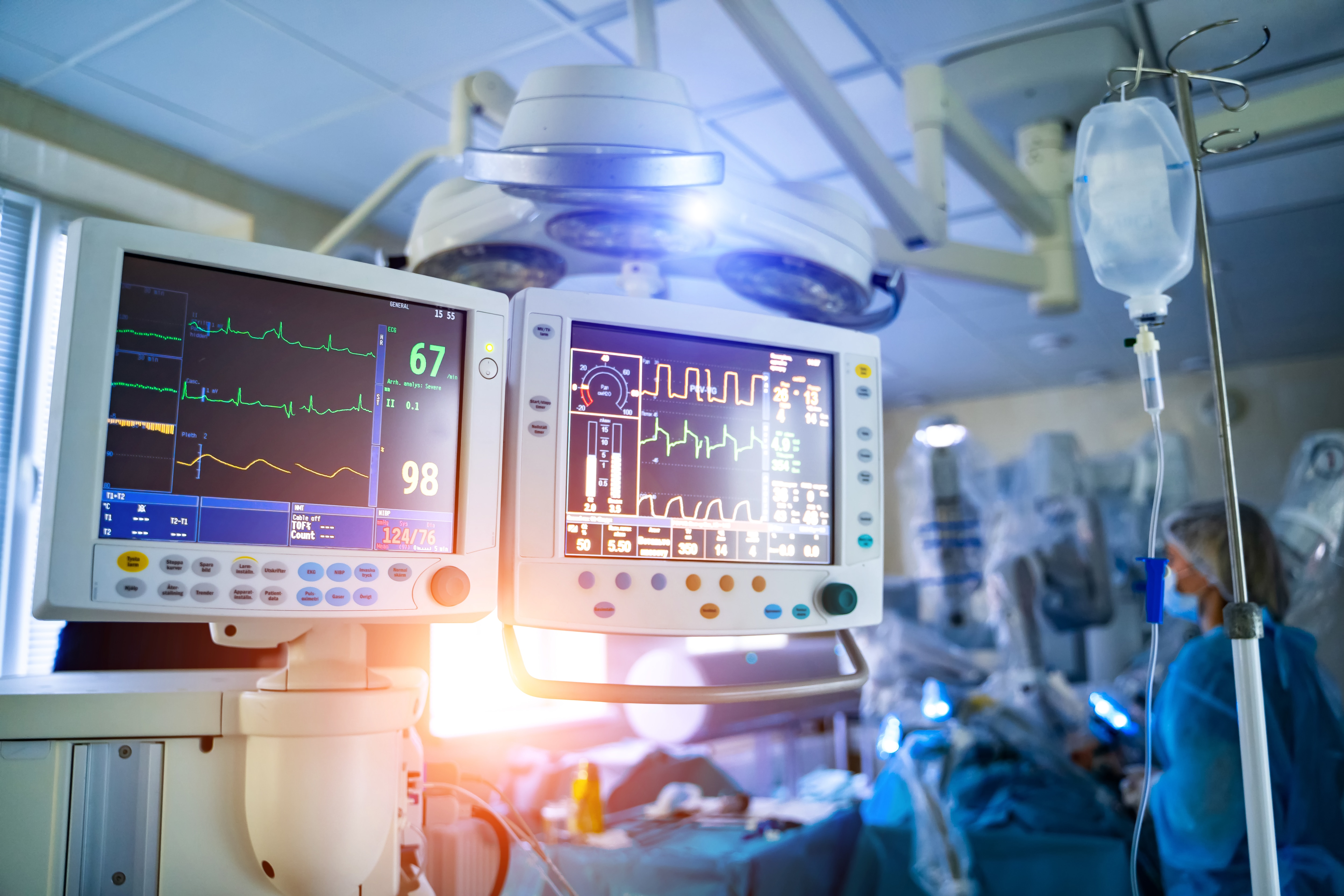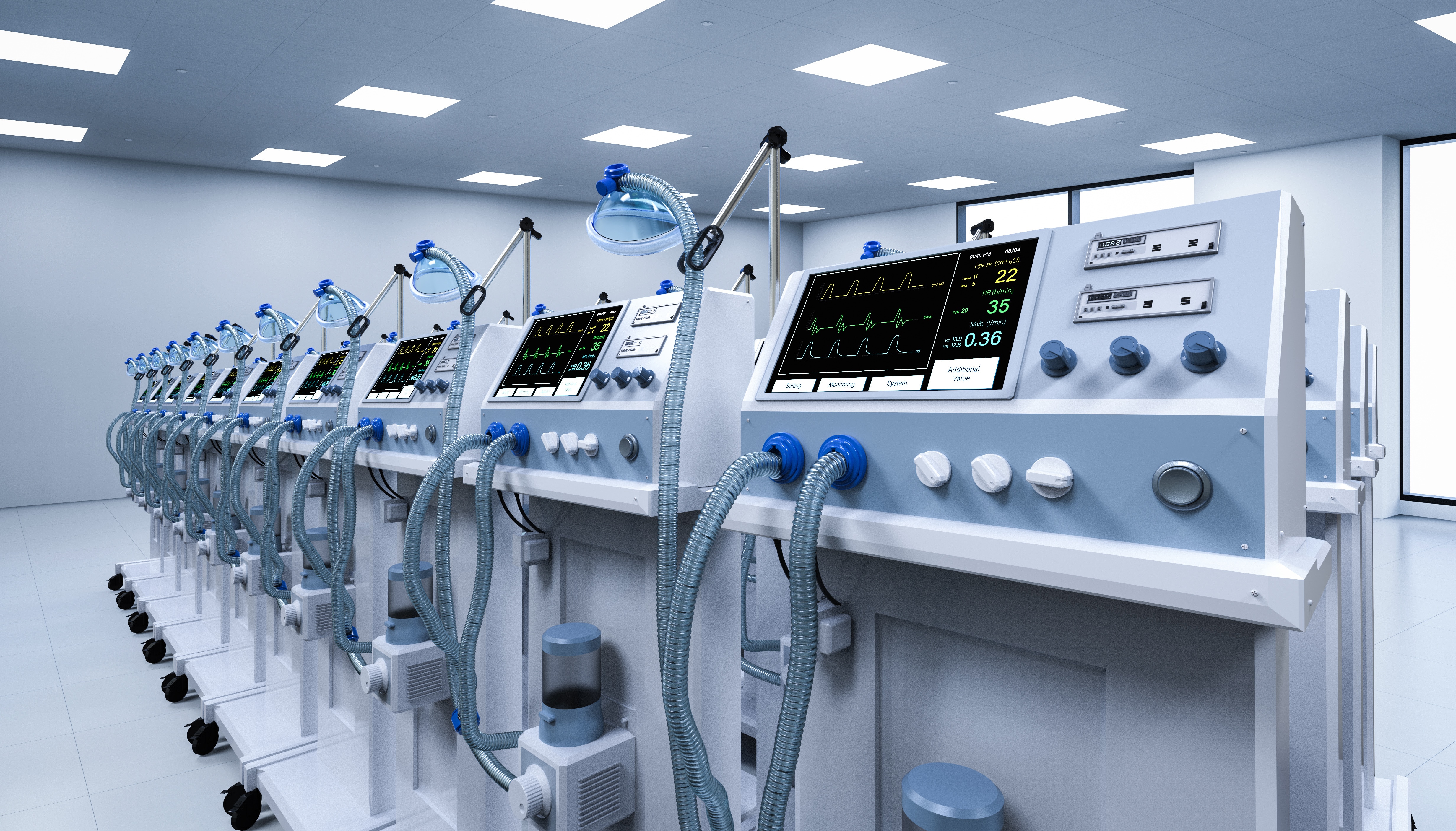Core parameters of the monitoring:
- Heart rate and blood pressure
- Breathing gases (CO₂ and O₂)
- Anesthetic gases
Innovative measurement technology for demanding anesthesia environments
Various gases are used for inhalation anesthesia, including nitrous oxide (N₂O), halothane and fluranes such as sevoflurane, which is ideal for inducing anesthesia due to its pleasant odor. Axetris' infrared spectrometers can measure up to seven gases simultaneously. This capability is made possible by broadband infrared sources such as EMIRS technology, which ensures real-time monitoring and makes the anesthesiologist's job easier.
Advantages of Axetris measurement technology:
- Simultaneous detection of up to 7 gases
- Precise and flexible monitoring in real time
- Simplified handling and operation
Protection of medical personnel
Medical personnel are also exposed to anesthetic gases during operations. Long-term exposure can cause health problems such as fatigue, headaches and impaired fertility. Axetris offers solutions for monitoring leakages and emissions of anesthetic gases. Infrared spectroscopy detects all common inhalation anesthetics simultaneously, ensuring comprehensive monitoring of room air. This technology is more cost-effective and flexible than conventional methods such as gas chromatography.
Reasons for the protection of medical staff:
- Avoidance of health problems (e.g. headaches, fatigue)
- Reduction of exposure to anesthetic gases
- Protection against long-term health consequences
Axetris infrared spectrometers are revolutionizing the monitoring of anesthesia. They enable precise monitoring in real time, the simultaneous detection of multiple gases and the detection of leaks to protect staff. With these advanced solutions, Axetris improves safety for patients and medical staff and sets new standards in anesthesia monitoring.

